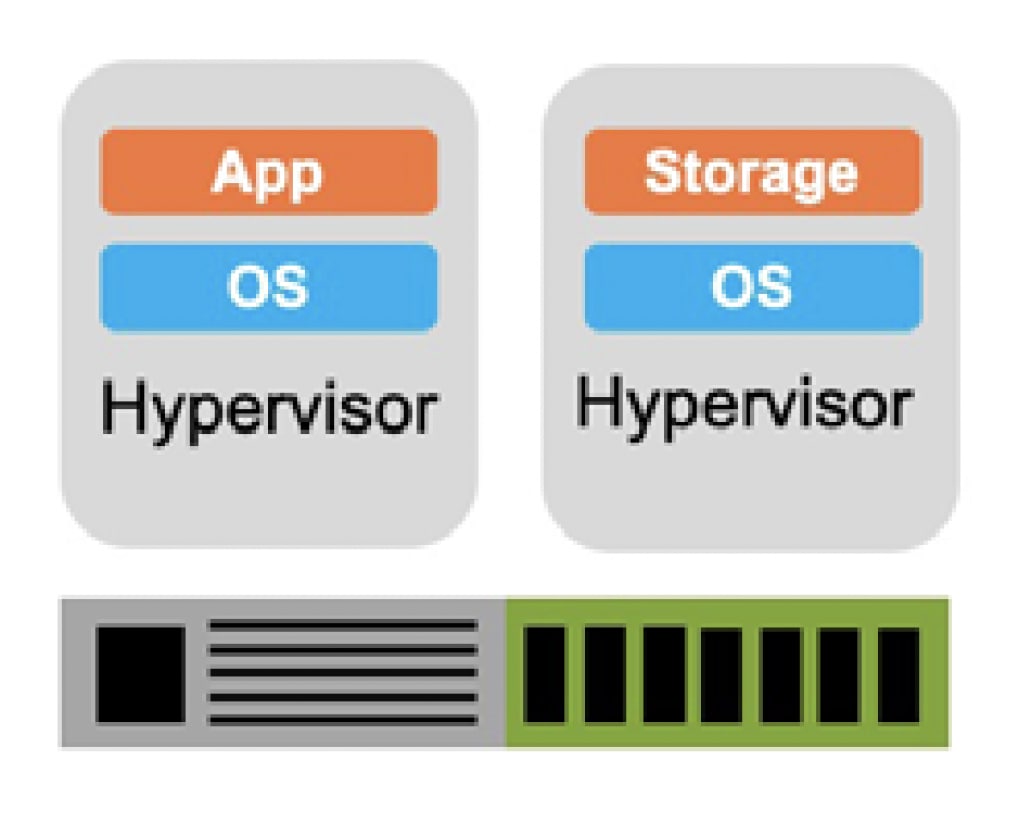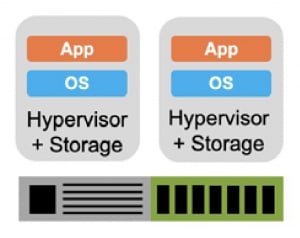Not All HCI Solutions are Created Equal


Sandy MacDonnell
 There’s no question that the success of the cloud has changed our daily lives, from the way we work, to the way we learn, to the way we socialize. Cloud has also changed the expectations for the way IT services are delivered. We’ve become accustomed to the simple, fast, and efficient model of consuming IT services from the public cloud and expect the same model from our on-premises environments.
There’s no question that the success of the cloud has changed our daily lives, from the way we work, to the way we learn, to the way we socialize. Cloud has also changed the expectations for the way IT services are delivered. We’ve become accustomed to the simple, fast, and efficient model of consuming IT services from the public cloud and expect the same model from our on-premises environments.
Bridging the Gap
IT teams are looking to move to DevOps, support new Internet of Things (IoT) and edge use cases, and take advantage of artificial intelligence (AI) and machine learning (ML) to optimize virtually every aspect of business operations. But there’s a gap between user expectations and IT’s current resources. Hyperconverged infrastructure (HCI) simplifies delivery of services on premises and bridges this gap with systems that:- Are easy to buy
- Are easy to deploy
- Are preconfigured for specific clouds, hypervisors, databases, and virtual desktop infrastructure (VDI) platforms
- Offer consolidated management and monitoring
- Can be scaled on demand to lower TCO
- Provide the ability to respond rapidly to business needs

Two HCI Architectures: Aggregated and Disaggregated
Within the category of HCI, there are different foundations: aggregated and disaggregated.- Aggregated HCI. In an aggregated HCI architecture, compute, storage, and networking are preintegrated by the vendor. You scale your environment in combined compute and storage building blocks.
- Disaggregated HCI. In a disaggregated HCI architecture, separate server and storage building blocks are preintegrated and preconfigured by the HCI vendor. You can scale your environment independently by purchasing compute and storage separately.
Three Approaches to HCI Architectures
- Storage in a virtual machine (VM). HCI vendors in this segment aggregate compute and storage into a single server. These systems are easy to deploy because the hardware is preintegrated and the operating system and hypervisor software are preconfigured. In this type of architecture, applications run in VMs. Although deployment is easy, scalability is limited because of the virtualization layer.

- Integrated hypervisor and storage architecture. HCI vendors with this architecture also aggregate compute and storage with a storage stack integrated into the hypervisor layer. This design faces the same benefits and limitations of the previous architecture: easy deployment but limited performance scalability.

- Independent hypervisor and storage. HCI vendors with this type of architecture use a dedicated storage controller that allows rapid deployment due to preintegration and preconfiguration of hardware and software while delivering higher utilization, performance, and capacity.

NetApp HCI
NetApp® HCI benefits from a disaggregated architecture with higher utilization, performance, and capacity. In particular, NetApp HCI:- Enables you to more closely match your compute and storage needs
- Offers exceptional scaling
- Reduces hypervisor, database, and other software licensing costs
- Provides predictable performance for greater levels of consolidation
* Diagrams provided by IT Brand Pulse, 2020.
Sandy MacDonnell
Sandy is a Product Marketing Manager at NetApp. She fell in love with high tech living in the Silicon Valley. After a stint in NetApp’s legal department, and a brief time in Taiwan, she found her way back home to Colorado for an MBA. When she’s not in the office Sandy is in the kitchen experimenting with ingredients she’s discovered on her latest travels, running up the closest mountain or planning her next adventure.